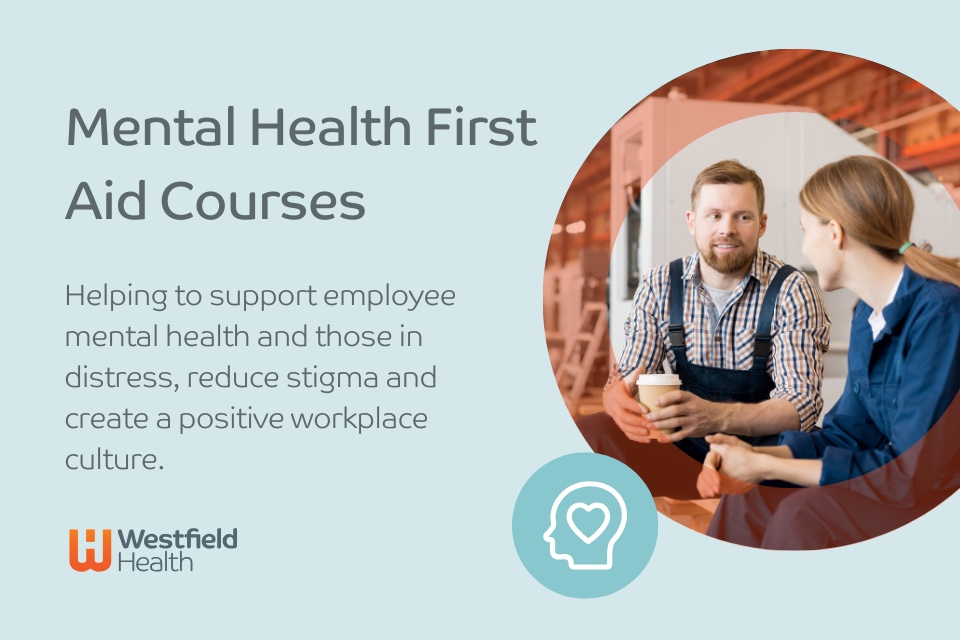What does health & safety mean to you? For many, we automatically think hi-vis vests, hard hats, manual handling courses, warning signs – all those physical elements and measures that keep up free from harm. But in reality, there’s much more to it than that. Health & Safety also includes mental health, something that businesses often forget.
Whilst musculoskeletal disorders account for 7.3m lost working days, and 6m days each year are lost due to workplace injuries, the number one reason for absence is work-related depression, anxiety, and stress. In 2021/22, a whopping 17 working million days were lost due to these conditions, with almost one million workers suffering.
Health and wellbeing support should always be at the top of any employer’s priority list. This has become increasingly important in recent times with the Covid pandemic and ongoing cost-of-living crisis having a significant impact on mental health.
Alan Price, CEO of BrightHR says employers should place as high an importance on mental wellbeing as they do on physical health…
A common theme we find with many new clients is they don’t realise that carrying out mental health risk assessments is just as important as completing risk assessments for working at height, using new machinery, for pregnant workers, severe weather, etc.
As an employer, you wouldn’t think twice about ensuring employees have correct risk assessments and training in place for manual handling to avoid damaging their back. So why wouldn’t you put measures in place to manage the factors that play a part in negative mental health? It helps to think of the brain as a muscle; one that without proper care and attention, can easily deteriorate.
All employers have an obligation to look after the welfare of employees under the Health and Safety at Work Act 1974. This covers all facets of wellbeing and makes particular reference to work-related stress in that employers have a duty to reduce stress in the workplace as far as reasonably practical.
Introducing trained and certified mental health first aiders as an initial point of contact in the workplace is a great way to ensure staff feel able and empowered to ask for help if they are struggling. The first aiders can help signpost employees to expert help either inside or outside the organisation.
Many people struggle to speak about their mental health. Introducing mental health first aiders, providing managers with emotional intelligence training, and having mental health related risk assessments in place is a good way to demonstrate to employees that your workplace is a welcoming, safe, non-judgmental environment.
Similarly, offering an employee assistance programme (EAP) gives people the tools to access help, support, and guidance for any of life’s issues a lot sooner than they could otherwise. EAP’s also help reduce absences and optimise productivity.
Six in ten UK adults say that the cost-of-living crisis has had a negative impact on their mental health, causing feelings of anxiety, depression and/or hopelessness. Employers should ensure there are effective measures in place to support employees’ financial wellbeing. Hybrid or flexible working can reduce overall commuting expenses while providing meals and refreshments, free car parking, travel ticket loans, and reward and benefit incentives can reduce outgoings and boost morale.
But remember that hybrid and flexible working isn’t always a solution. More than one-third of people who work flexibly say they experience loneliness.
It’s important for employers to regularly check in with employees – both remote and on-site – to ensure their needs are met and see if further support is needed. Arranging social events and activities can be a great way to develop camaraderie amongst teams and alleviate any feeling of isolation or exclusion.
Introduce these key measures and you’ll find you have a workplace that benefits from reduced absences, boosted motivation and satisfaction, improved productivity, and far fewer resignations.









